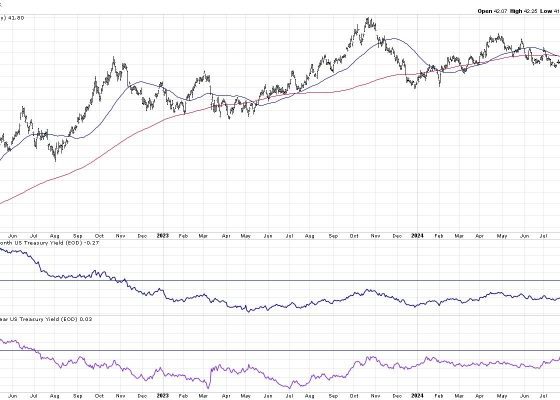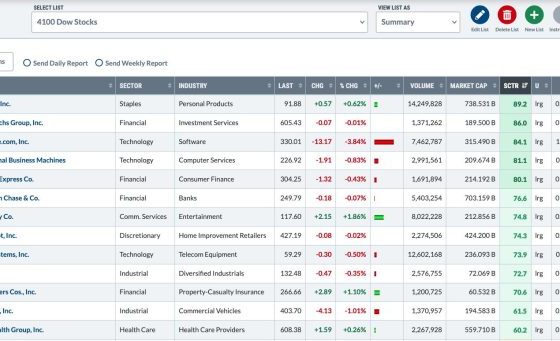In the realm of technical analysis, Relative Strength Index (RSI) is a highly potent and time-trusted metric that enables traders to harness reliable information about an asset’s price behavior. Having a favorite RSI signal genuinely amplifies one’s proficiencies in navigating the dynamic environment of financial markets. In my case, RSI divergence stands as my favored RSI signal – a powerful tool to predict price movements and inform investment strategies.
The allure of RSI divergence lies in its aptitude to indicate potential reversals in price trends. This feature provides traders with proactive insights to identify lucrative entry and exit points in the market, hence improving trading performance. RSI divergence is especially useful when it comes to shedding light on extreme scenarios of overbuying or overselling, making it a front-runner in the RSI world.
To understand why RSI divergence is my favorite RSI signal, it’s first critical to comprehend its workings. RSI divergence occurs when the price of an asset and the RSI trend in opposite directions. For instance, an uptrend in the price combined with a downtrend in the RSI is considered a bearish divergence and signifies a likely future drop in price. Conversely, a downward price trend paired with an upward RSI trend signifies an incoming bullish reversal, suggesting possible price increases.
This counterintuitive relationship between price and RSI in a divergence situation adds a layer of predictive nuance that can optimize trading decisions. RSI divergence does not merely react to price changes but offers a sort of ‘early warning system’ against unsustainable price trends. Hence, it allows traders to forecast reversals before they actually happen. It is this predictive potential that makes RSI divergence stand out from other standard RSI signals.
Another characteristic that amplifies RSI divergence’s appeal is its flexibility across different time frames. Irrespective of whether a trader prefers short-term day trading or longer-term swing trading, RSI divergence can accommodate different trading styles due to its efficacy in both low and high frequency data.
While the standard RSI overbought and oversold signals mainly focus on a singular aspect of price behavior, RSI divergence comprehends the bigger market picture. It interprets the complex interaction of price peaks and troughs in conjunction with RSI movements, thereby offering comprehensive market insights. This ability to translate complex market dynamics into actionable trading information makes it an essential tool.
Although no single technical analysis tool can guarantee foolproof results, employing an advantageous tool like RSI divergence can significantly increase the odds of a successful trade. However, keep in mind that it should be used in conjunction with other fundamental and technical analysis tools for robust and well-rounded investment decisions.
In the end, why is RSI divergence my favorite RSI signal? Simply put, it is its innate ability to provide a preemptive caution about future price movements and its adaptability to diverse trading niches that give it an edge. It’s here where the charm of RSI divergence evinces, endowing it with an irresistible appeal to both rookie and veteran traders alike. So, if you are a trader looking to fine-tune your market strategies with a reliable, versatile, and predictive tool, it’s worth giving RSI divergence a try.











